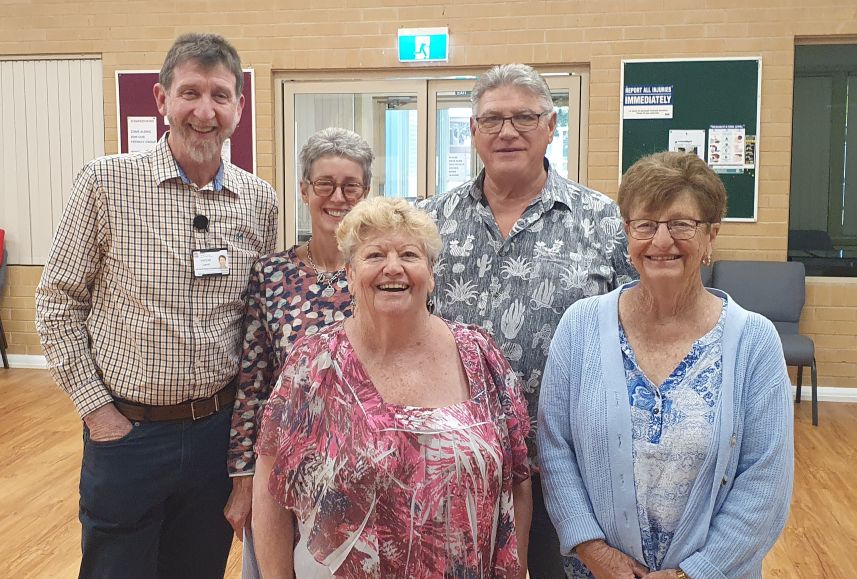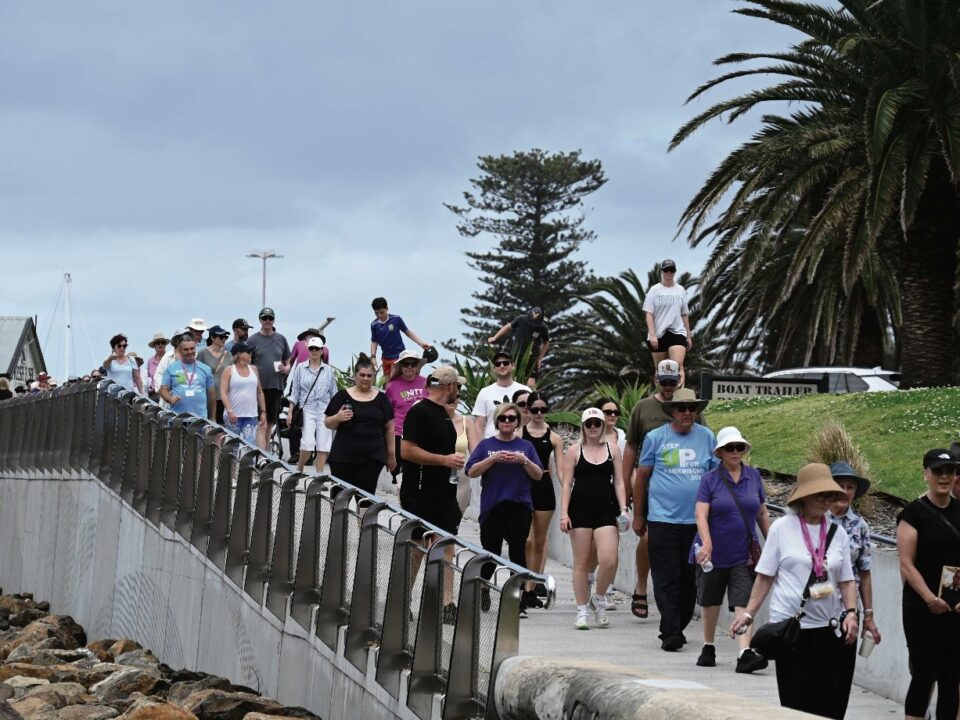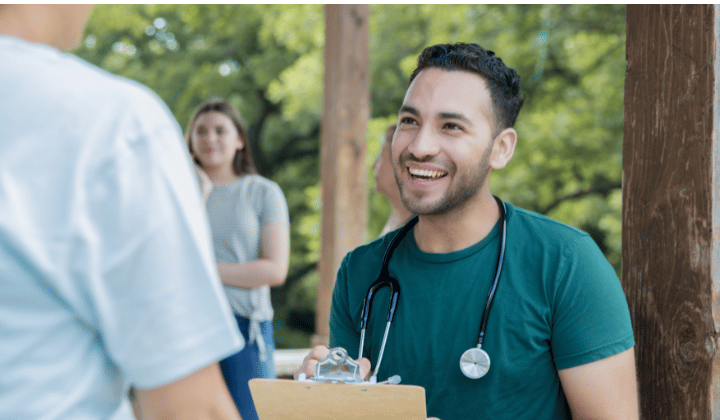Finding a cure for Parkinson’s
Support Group Conference 2018
26th May 2020Exercise cuts Parkinson’s risk for men
26th May 2020Finding a cure for Parkinson’s
Finding a cure for Parkinson’s
When will a cure be found?
When will life with Parkinson’s be better?
There’s now a whole body of research done by researchers which we can tap into. That’s going to make discoveries in Parkinson’s move faster.”
Among all the questions raised by Parkinson’s, I suspect these two are the biggest, the scariest … and the most hopeful.
Like you, I want to speed up the clock. I wish it was already the day we’re both looking forward to – the day when Parkinson’s has lost its power to harm people and overtake their lives.
Last year, thanks to donations to Parkinson’s NSW from our generous supporters like you, I was delighted to award $300,000 to four researchers. Read more about their plans to find new and better ways to improve life with Parkinson’s.
I’m excited about the possibilities, and I hope you are too. But with the silver lining, there’s a cloud. As you probably know, Parkinson’s research receives funding from very few sources.
This year, even more will turn to us asking for our help. If support isn’t there for the most
promising projects they will have to be abandoned or postponed. This will mean a longer wait for breakthroughs.
Kay Double is Associate Professor of Neuroscience at the Brain and Mind Centre, University of Sydney. With her team, she has received several Parkinson’s NSW research grants. Kay’s vision is inspiring:
“I’d like to get to the stage where Parkinson’s is like polio and measles that people were so worried about 50 or 100 years ago … where we just don’t give Parkinson’s a second thought.”
 Some of the research we support has the potential for immediate, direct benefits. This includes
Some of the research we support has the potential for immediate, direct benefits. This includes
the development of exercise programs that prevent falls, and mental health supports to relieve the anxiety and depression that comes with Parkinson’s.
But Kay’s projects have longer term goals. She is seeking preventions and a cure for Parkinson’s.
This obviously takes time. Even so, she says, solid progress is being made. Overall, her focus is
on trying to understand what in Parkinson’s makes certain brain cells die while others don’t. This is a crucial step to discovering how the process could be disrupted and stopped.
“We’re starting to understand the different biochemical steps that happen within the dopamine cell, that cause damage within the cell and eventually cause it to die.”
“We’re looking at iron and copper, which we know are really important for the function of these cells. We already have drugs that can safely modify the levels of these metals in the brain, and there are clinical trials going on right now in people with Parkinson’s disease.”
“The drug that’s being used takes the copper into your brain and then it delivers it to only the areas which don’t have enough copper … not overloading the parts that
already have the normal amount.”
“We’ve identified a link that hadn’t been described before between Parkinson’s and one type of motor neurone disease.
Together we have the ability to shorten the wait for better treatments and a cure. To develop programs that positively impact people’s mood and movement – here and now.
Yours Sincerely
Jo-Anne Reeves
Parkinson’s NSW – Chief Executive Officer



